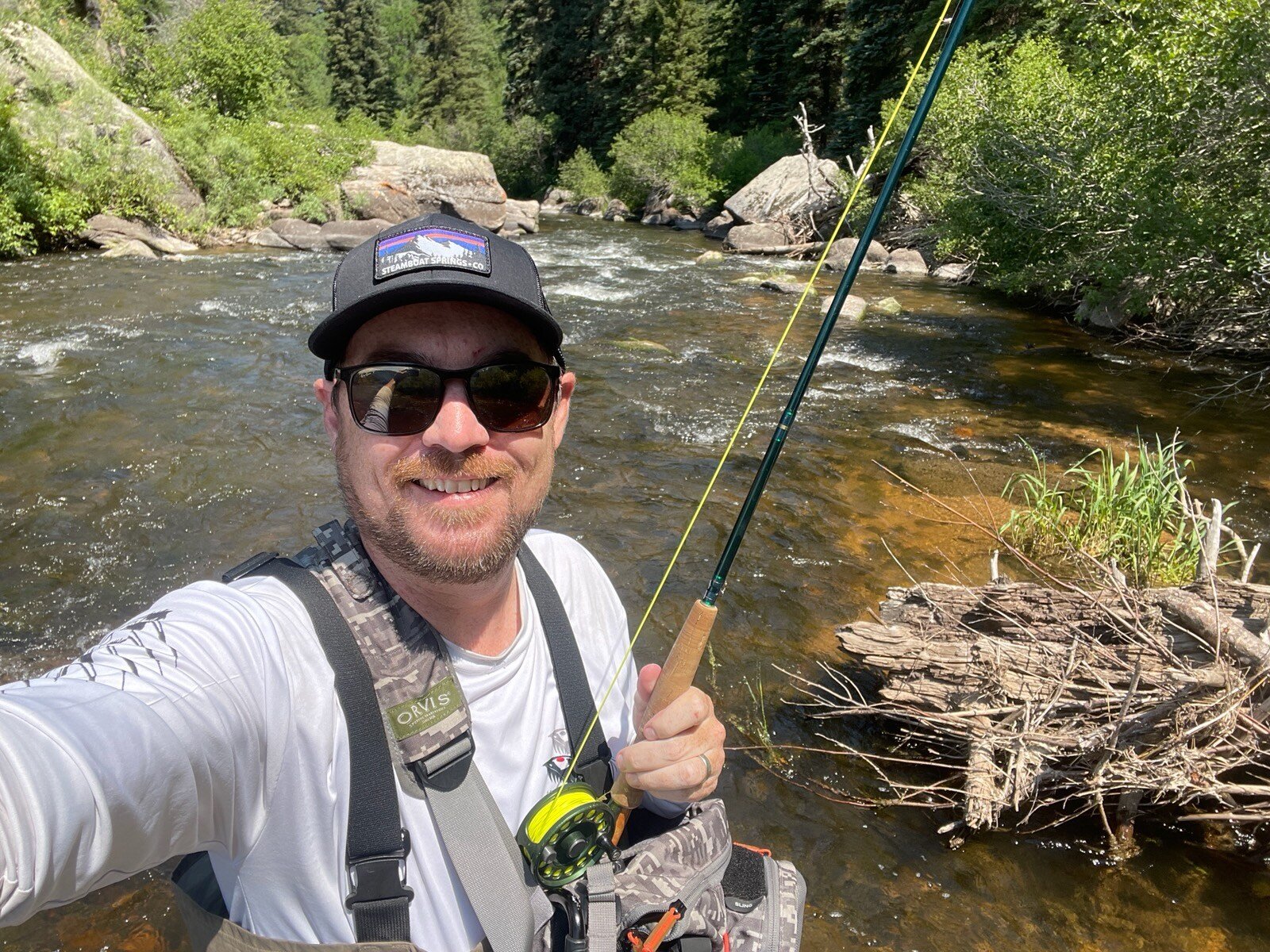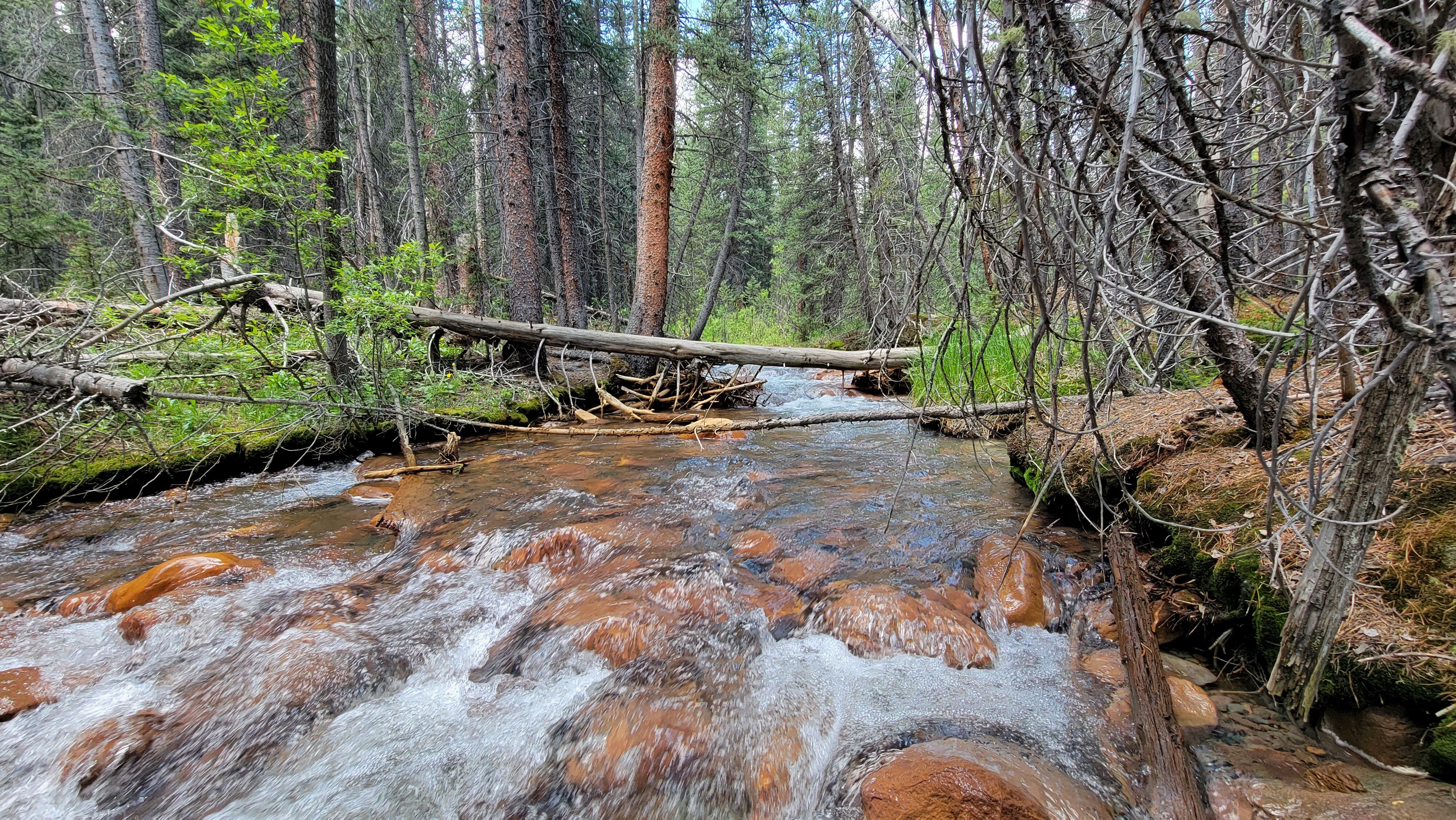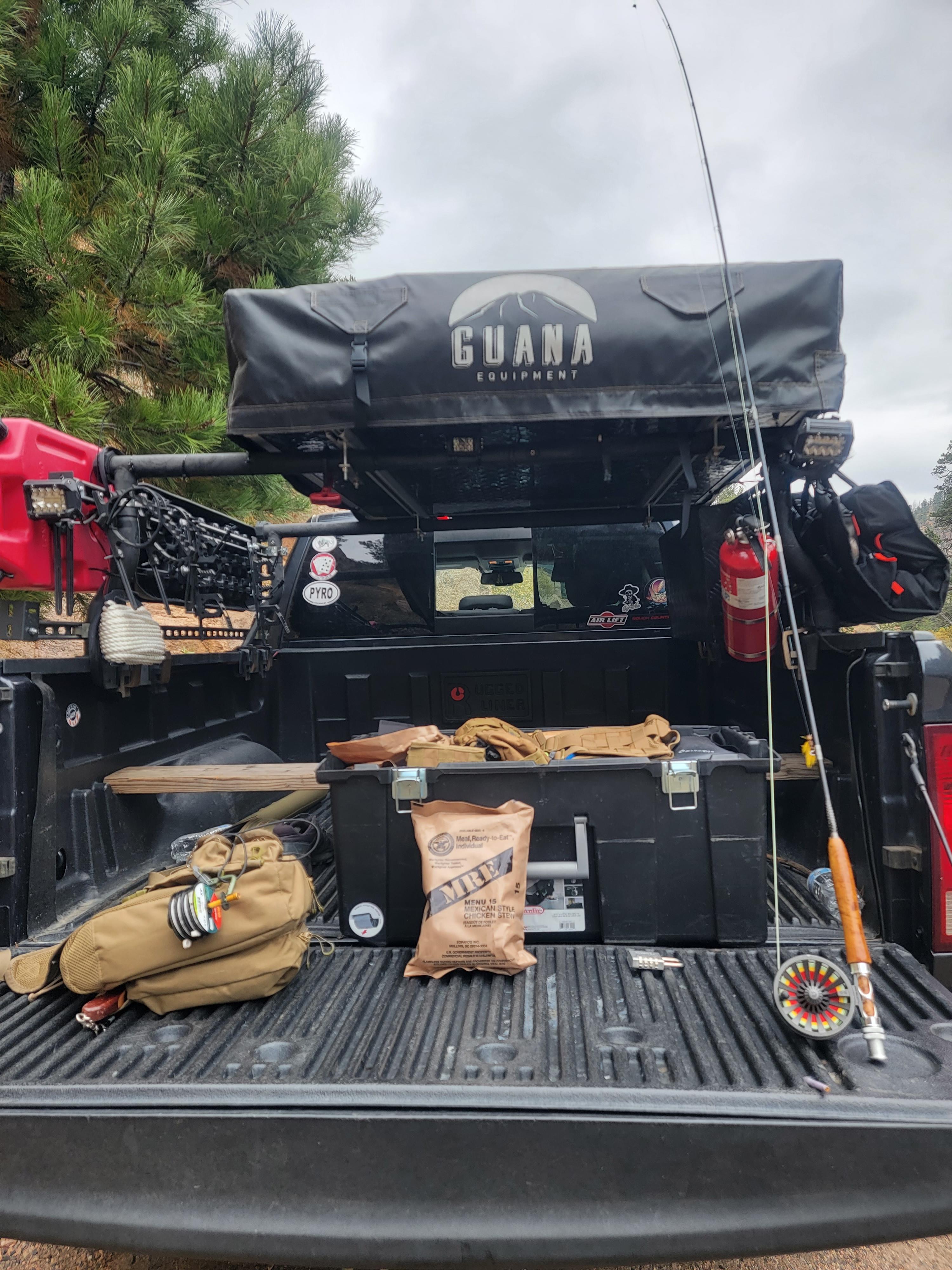Beginner Fly Tying Patterns: Easy Flies for Beginners to Tie

Check out the Podcast!
Starting out with fly tying can be both exciting and a bit overwhelming. But fear not, newbie fly tyers! We’ve got you covered with some simple patterns that will boost your confidence and fill your fly box with effective flies. Let’s dive into the essentials of beginner fly tying.
Understanding Fly Tying Basics
Before jumping into patterns, let’s cover some basics. Fly tying is the process of creating artificial flies using thread, feathers, fur, and other materials. These flies mimic insects, baitfish, and other prey to entice fish. Here’s what you need to get started:
Essential Tools:
- Vise: Holds your hook in place while you tie.
- Bobbin: Holds and dispenses your thread.
- Scissors: For cutting materials with precision.
- Hackle Pliers: For gripping and wrapping hackle feathers.
- Whip Finish Tool: Helps in finishing the fly with a knot.
For a detailed list of tools and their uses, check out this guide at Orvis: https://www.orvis.com/fly-tying-tools-guide and learn more at Rise Beyond Fly Fishing: https://risebeyondflyfishing.com/tag/fly-tying-tools
Essential Beginner Fly Patterns
Woolly Bugger The Woolly Bugger is a versatile and effective pattern that mimics leeches, minnows, and other prey. It’s relatively easy to tie and great for various species. 
Materials Needed:
- Hook: Size 6-10 streamer hook
- Thread: Black or olive
- Tail: Marabou (black or olive)
- Body: Chenille (black or olive)
- Hackle: Saddle hackle (black or olive)
Instructions:
- Start by securing the hook in the vise and wrapping the thread from the eye to the bend.
- Tie in a marabou tail, making it about the length of the hook shank.
- Attach the chenille and hackle at the tail, then wrap the chenille forward to form the body.
- Palmer the hackle forward and secure it at the head.
- Finish with a whip finish knot.
Get a step-by-step guide at Rise Beyond Fly Fishing Shop: https://risebeyondflyfishing.shop/products/woolly-bugger and Orvis: https://www.orvis.com/woolly-bugger-tutorial.
Pheasant Tail Nymph The Pheasant Tail Nymph is a staple in any fly box. It imitates various aquatic insects and is effective in almost any water.
Materials Needed:
- Hook: Size 14-18 nymph hook
- Thread: Brown or black
- Tail: Pheasant tail fibers
- Rib: Copper wire
- Body: Pheasant tail fibers
- Thorax: Peacock herl
- Wingcase: Pheasant tail fibers
Instructions:
- Secure the hook and start the thread at the eye, wrapping back to the bend.
- Tie in a small bunch of pheasant tail fibers for the tail.
- Attach the copper wire ribbing.
- Wrap the pheasant tail fibers forward to form the body and secure.
- Counter-wrap the copper wire to rib the body.
- Add a peacock herl thorax and fold the pheasant tail fibers over as a wingcase.
- Finish with a whip finish knot.
Find more detailed instructions at Rise Beyond Fly Fishing Shop: https://risebeyondflyfishing.shop/products/pheasant-tail-nymph and Fly Fisherman: https://www.flyfisherman.com/pheasant-tail-nymph-tutorial.
Zebra Midge The Zebra Midge is a simple yet effective pattern, especially for trout. It’s great for imitating small midges and chironomids.

Materials Needed:
- Hook: Size 18-22 scud hook
- Thread: Black or red
- Rib: Silver or gold wire
- Bead: Silver or gold beadhead
Instructions:
- Slide the bead onto the hook and secure it in the vise.
- Start the thread behind the bead and wrap to the bend.
- Tie in the wire ribbing at the bend.
- Wrap the thread forward to form a slender body.
- Counter-wrap the wire to create the ribbing and secure.
- Finish with a whip finish knot behind the bead.
Learn more about tying this pattern at Rise Beyond Fly Fishing Shop: https://risebeyondflyfishing.shop/products/zebra-midge and Field & Stream: https://www.fieldandstream.com/zebra-midge-tutorial.
San Juan Worm The San Juan Worm is one of the easiest flies to tie and is highly effective, especially in muddy or high water conditions.

Materials Needed:
- Hook: Size 10-14 scud hook
- Thread: Red or pink
- Body: Ultra Chenille or vernille
Instructions:
- Secure the hook in the vise and start the thread at the eye, wrapping back to the bend.
- Tie in a length of chenille at the bend, extending out both ends of the hook.
- Wrap the thread forward over the chenille to the eye and whip finish.
Get a step-by-step guide at Rise Beyond Fly Fishing Shop: https://risebeyondflyfishing.shop/products/san-juan-worm and Orvis: https://www.orvis.com/san-juan-worm-tutorial.
Griffith’s Gnat This dry fly pattern is perfect for imitating clusters of midges or small insects on the water’s surface. 
Materials Needed:
- Hook: Size 16-22 dry fly hook
- Thread: Black
- Body: Peacock herl
- Hackle: Grizzly hackle
Instructions:
- Secure the hook in the vise and start the thread at the eye, wrapping back to the bend.
- Tie in a strand of peacock herl at the bend and wrap it forward to form the body.
- Tie in the grizzly hackle and palmer it forward over the body.
- Secure the hackle and finish with a whip finish knot.
Learn more about this pattern at Rise Beyond Fly Fishing Shop: https://risebeyondflyfishing.shop/products/griffiths-gnat and Fly Tyer: https://www.flytyer.com/griffiths-gnat
Final Words
Starting with these beginner fly patterns will build your confidence and skills in fly tying. Each pattern offers unique benefits and challenges, helping you learn different techniques and understand the materials better.
For more tips and comprehensive guides, visit our Fly Tying Techniques page: https://risebeyondflyfishing.com/tag/fly-tying-techniques and explore more fly patterns at Rise Beyond Fly Fishing: https://risebeyondflyfishing.com/tag/fly-patterns. Happy tying
.png?width=300&height=100&name=Copy%20of%20Rise%20Beyond%20Logo%2012.31.24%20(300%20x%20100%20px).png)


.jpg)
